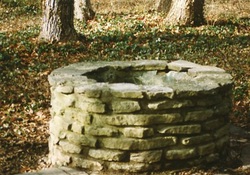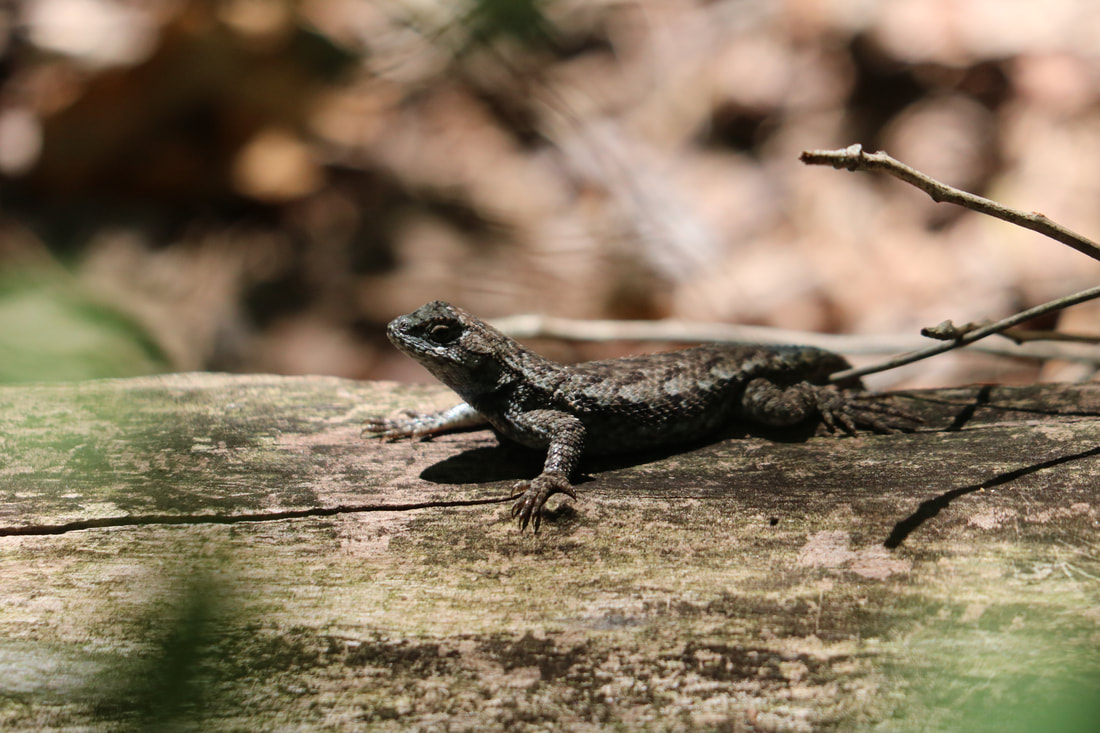
Haywood Alllen
I found the text and illustrations helpful in explaining my observations of the species. They nest in a rookery off Amnicola Highway, and watching them is a joy, now magnified by further understanding. The author reviewed several more technical publications and culled photographs from multiple sources to produce this book. He devoted most of the book to the chapters of feeding behavior and on nesting behavior. The result is an informative piece rendered in non-technical prose which will enhance the reader’s experience observing this rather common species.
North American Wading Birds
Text and Photos by John Netherton
This lovely book is, unfortunately, out of print, but serviceable copies are available from reputable used book dealers. The outstanding feature of this book is, of course, the photographs by Nashville photographer John Netherton who, during his lifetime, became Tennessee’s premier nature photographer. He also wrote the text which includes a life history of the selected species. Each of the accounts includes a description of the species physical appearance and life history, including feeding, roosting, and nesting behavior.
A biologist would certainly regard the selection of described bird as an artificial grouping. Netherton devoted the largest portion of the book to herons and egrets, and left out their close relatives, the bitterns. He then added descriptions and photos of the Limpkin, Roseate Spoonbill, Wood Stork, three species of ibis, and the Sandhill and Whooping Crane. The result is an account made whole by the similarities of habitat and life ways. The text is brief, but well worth the time spent reading,, and makes a nice compliment to the stunning photography.
A Treasured Keepsake of Art
Daniel Swanger
How could such fops and fools today see fault
With like of thee, who o’er their heads do vault
With this couplet, Daniel Swanger ends his Sonnet, “Pallas Athene, as by Canova.” It is notable that Swanger, himself a post-modernist artist, makes poetic references to images by artists of the classical era. He uses the term “formalist.” I say conservative in the best sense of the word. His poems speak of a tradition that values elegance and beauty as expressed in the classics. His work as a form poet is a testament to his meticulous and patient attention to craft. His collection is indeed a Treasured Keepsake of Art.

 RSS Feed
RSS Feed